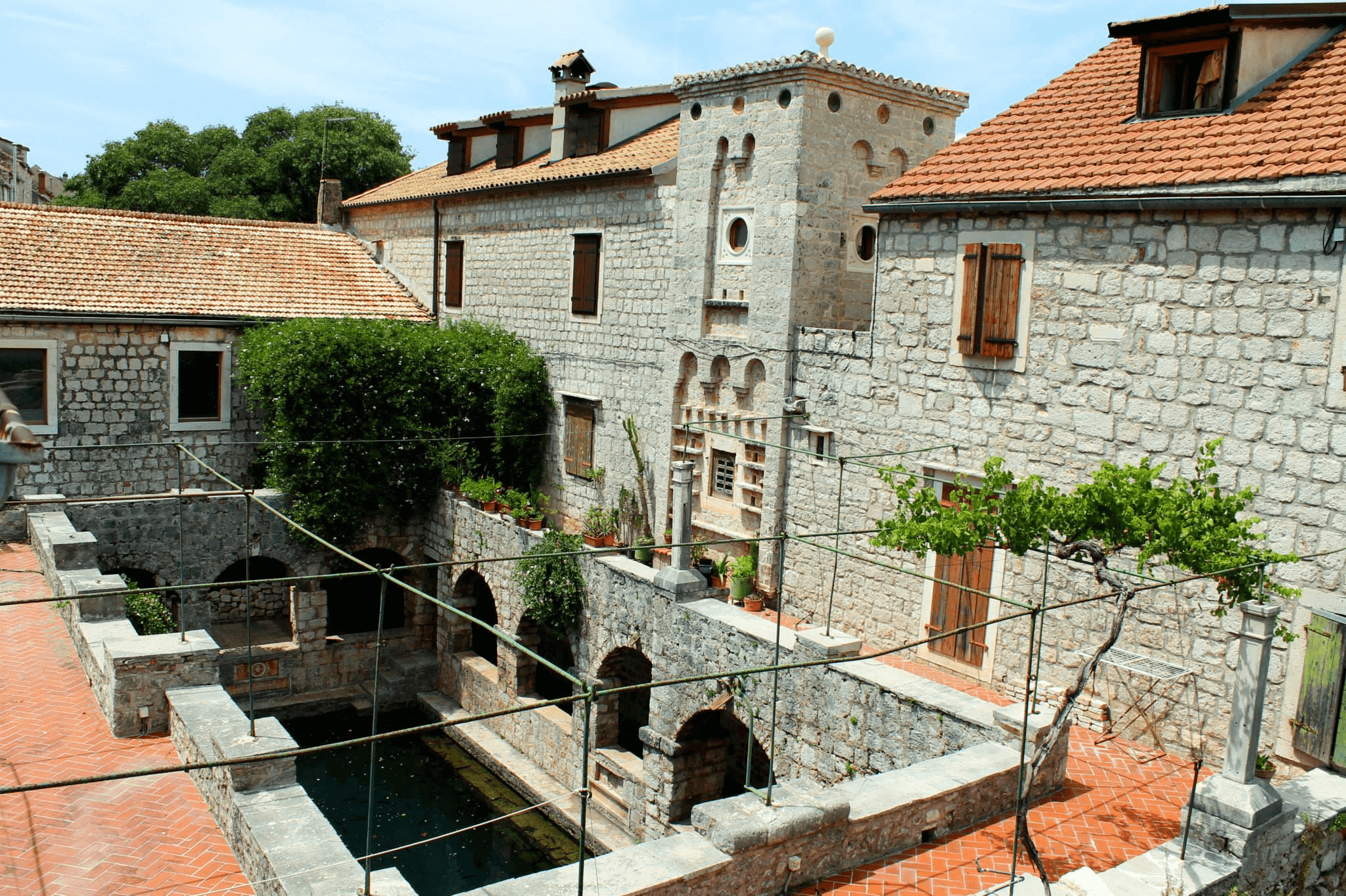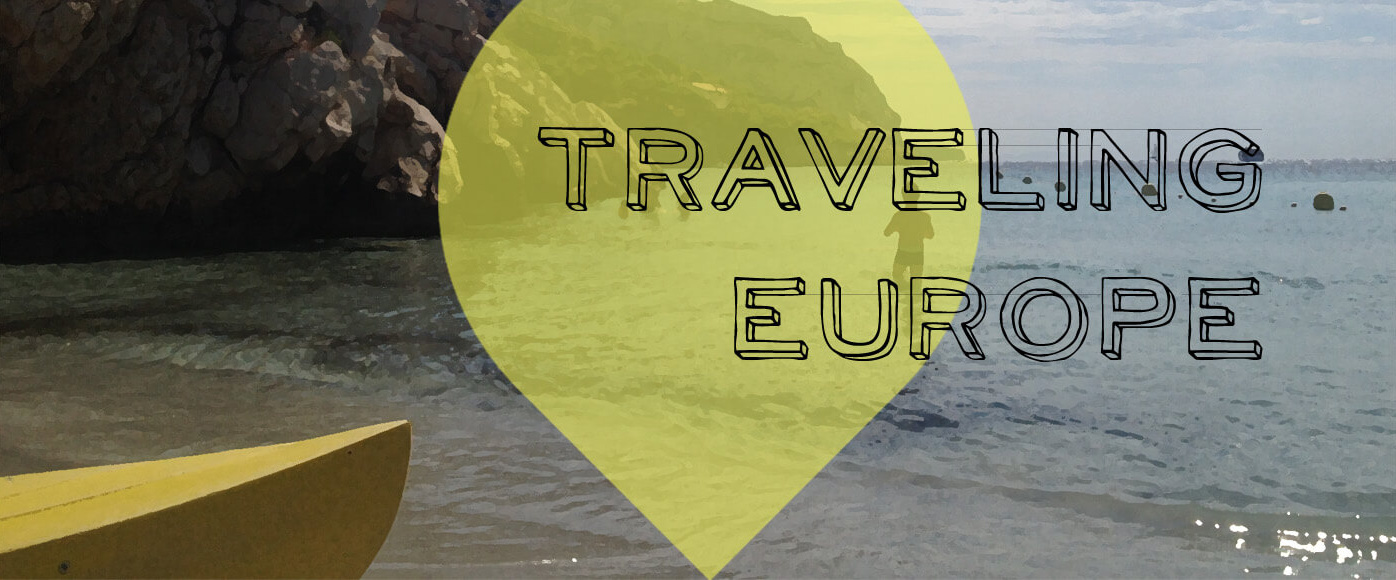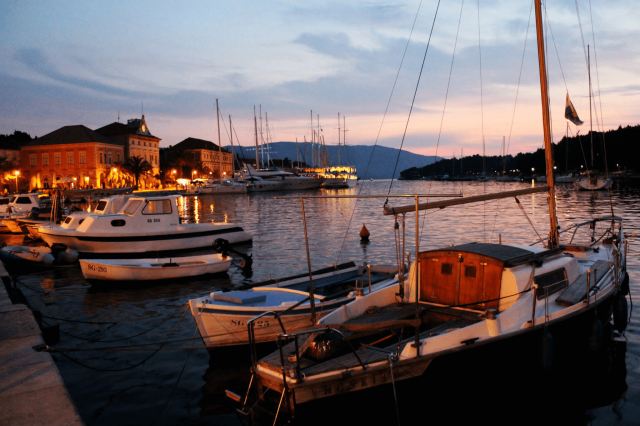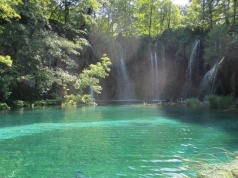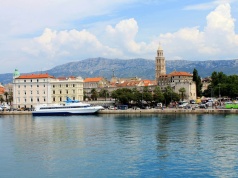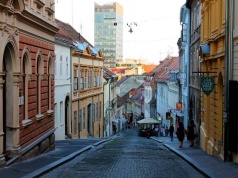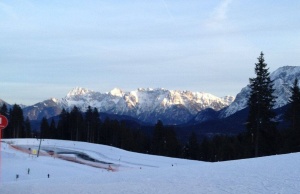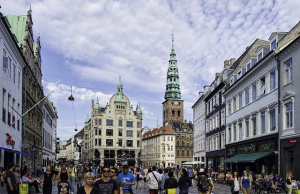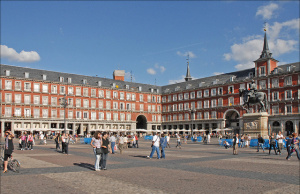As the oldest town in Croatia, one of the oldest in the entire European history and situated on the island of Hvar in the Aegean Sea in the Split-Dalmatia County, Stari Grad (literally “Old Town”) is one of my favorite places I’ve ever been…
Stari Grad is the historical heart of the island of Hvar (not to be confused with the city of Hvar, located on the other side of the island).
Located at the end of a long, protected bay, surrounded by excellent agricultural land has long made Stari Grad an ideal settlement for inhabitants. The area of the town today was first settled by the Neolithic tribes of the Hvar culture, who occupied the island between 3500 and 2500 BC (not too long ago…). They traded with other settlers around the Mediterranean and remains of their existence as well as their successors, the Illyrian tribe, such as pottery and other artifacts have been found in the area.
Stari Grad gets its original name, Faros or Pharos, from the ancient Greeks who formally settled there in 384 BC. The nearby plain was designed and constructed with roads and designated standard fields were divided up. Today, the Stari Grad Plain is considered one of the best-preserved examples of ancient Greek agriculture throughout the Mediterranean and is currently a UNESO World Heritage Site.
Over its long history, Stari Grad has been home to many different groups such as the Romans, the Slavs, the Venetian Republic, the Turks, the Austrian Empire and finally part of the Dalmatian Kingdom, part of the larger political body of the Austro-Hungarian Empire.
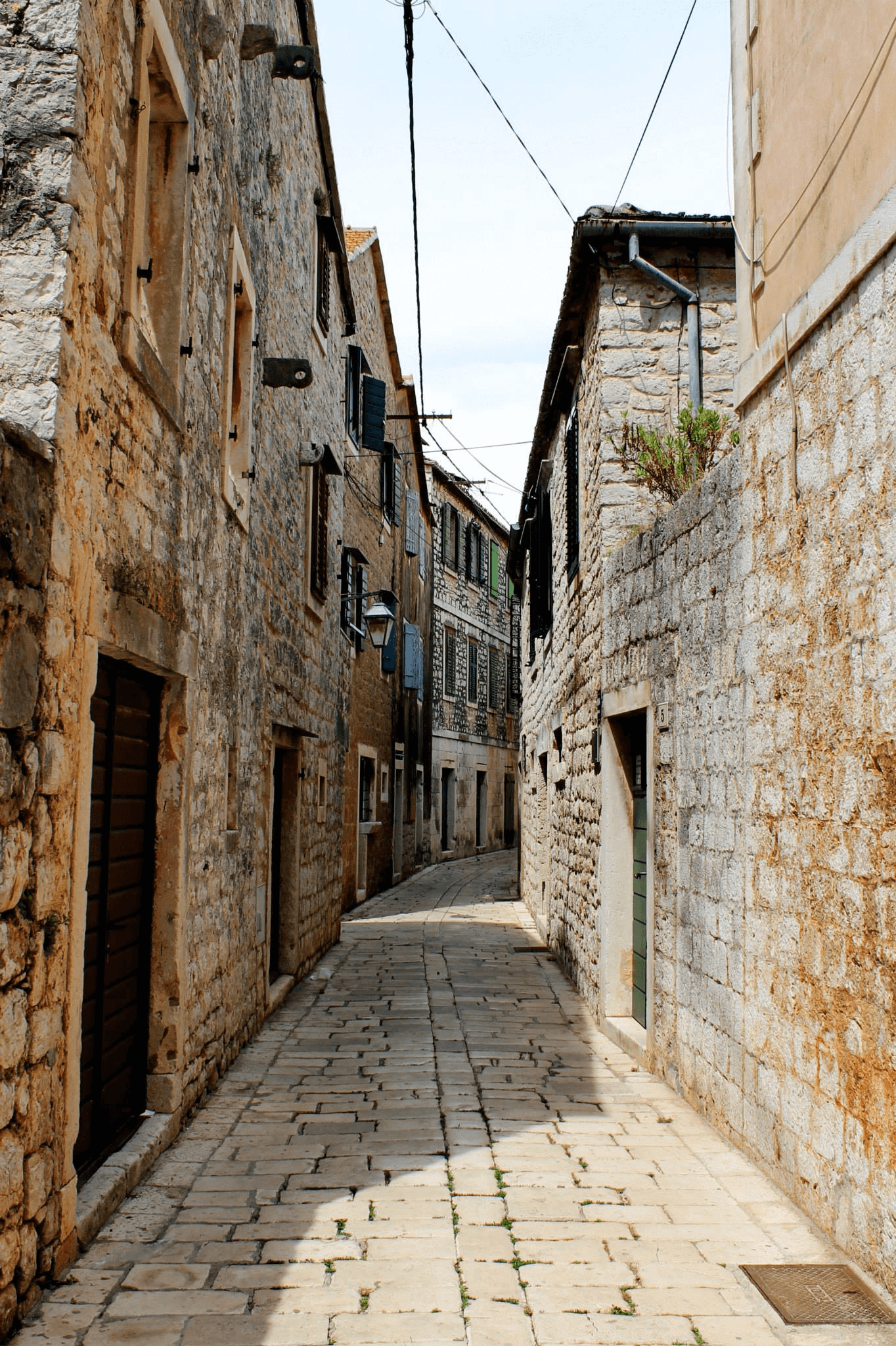
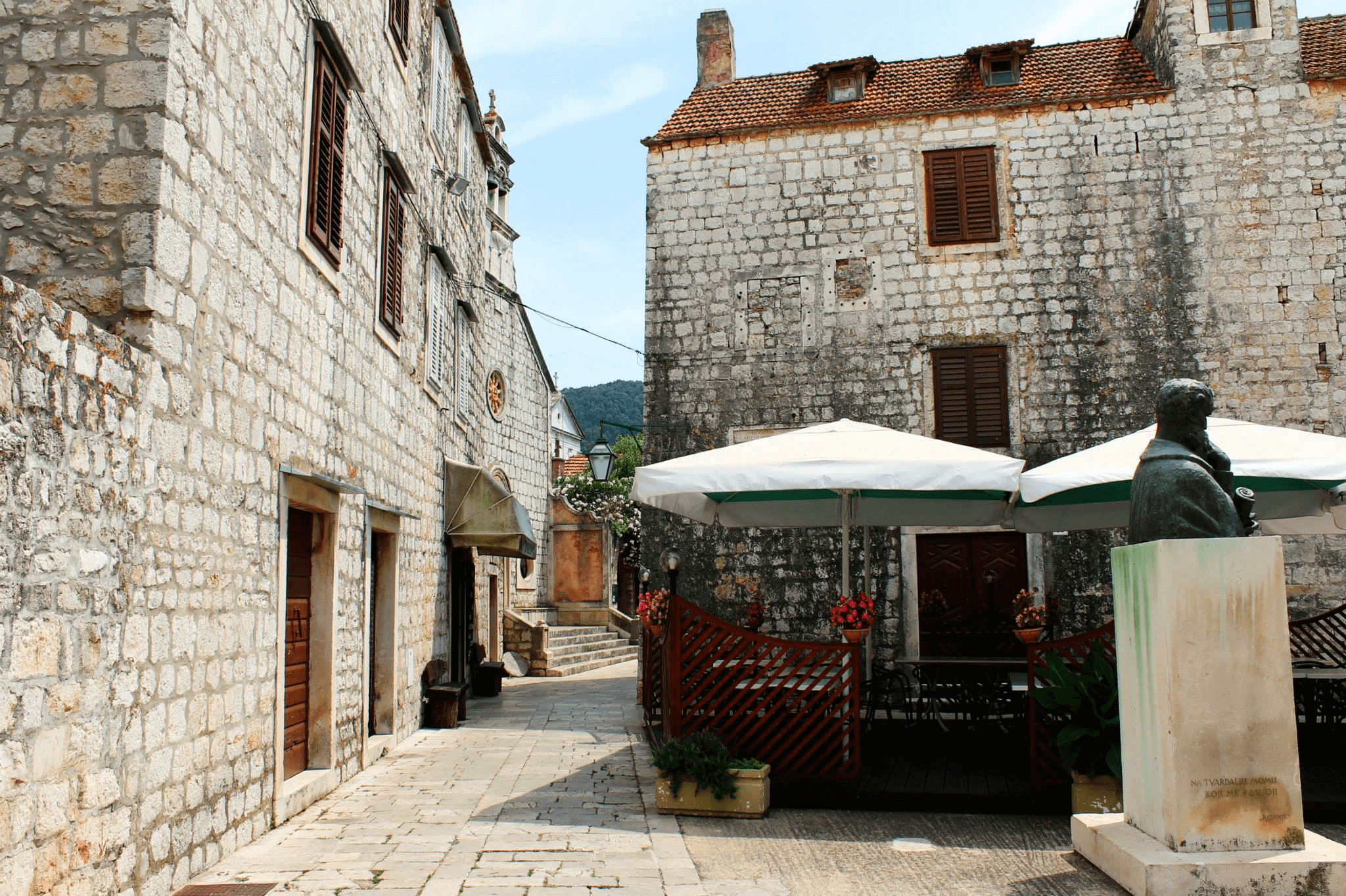
Visiting the town today, it almost feels as though you’ve stepped back in time. Tourism has become the main income for the town; though not large enough overpower the “authentic” feel. There are still many magnificent archaeological sites that date back to pre-history and classical times. The Stari Grad Museum also displays collection of artifacts from local sites, both land and sea.
Some of the most famous sites include: the Old Town Walls, Greek Settlement, Stari Grad Plain, Roman Villas, Maslinovik (Greek tower in the Stari Grad Plain), and Glavica (Illyrian fort above Stari Grad).
We went during the month of July, when summer was at its hottest point. Warmed by the warm summer sun, but surrounded by a pine tree forest, Stari Grad is one of the few places in Dalmatia that provide a cool, fresh breeze all throughout the year.
The town also has a really nice, slow-paced, relaxed atmosphere. I can imagine its location on the water, the fact that it is an island, perhaps because it is so small (with about 2,000 inhabitants), or maybe it has the inherent wisdom that comes from being over 5,000 years old that makes it that way. Either way, it is a really great place to visit. There is also a small stone platform at the edge of the town where you can swim and the sunset is unbelievable!
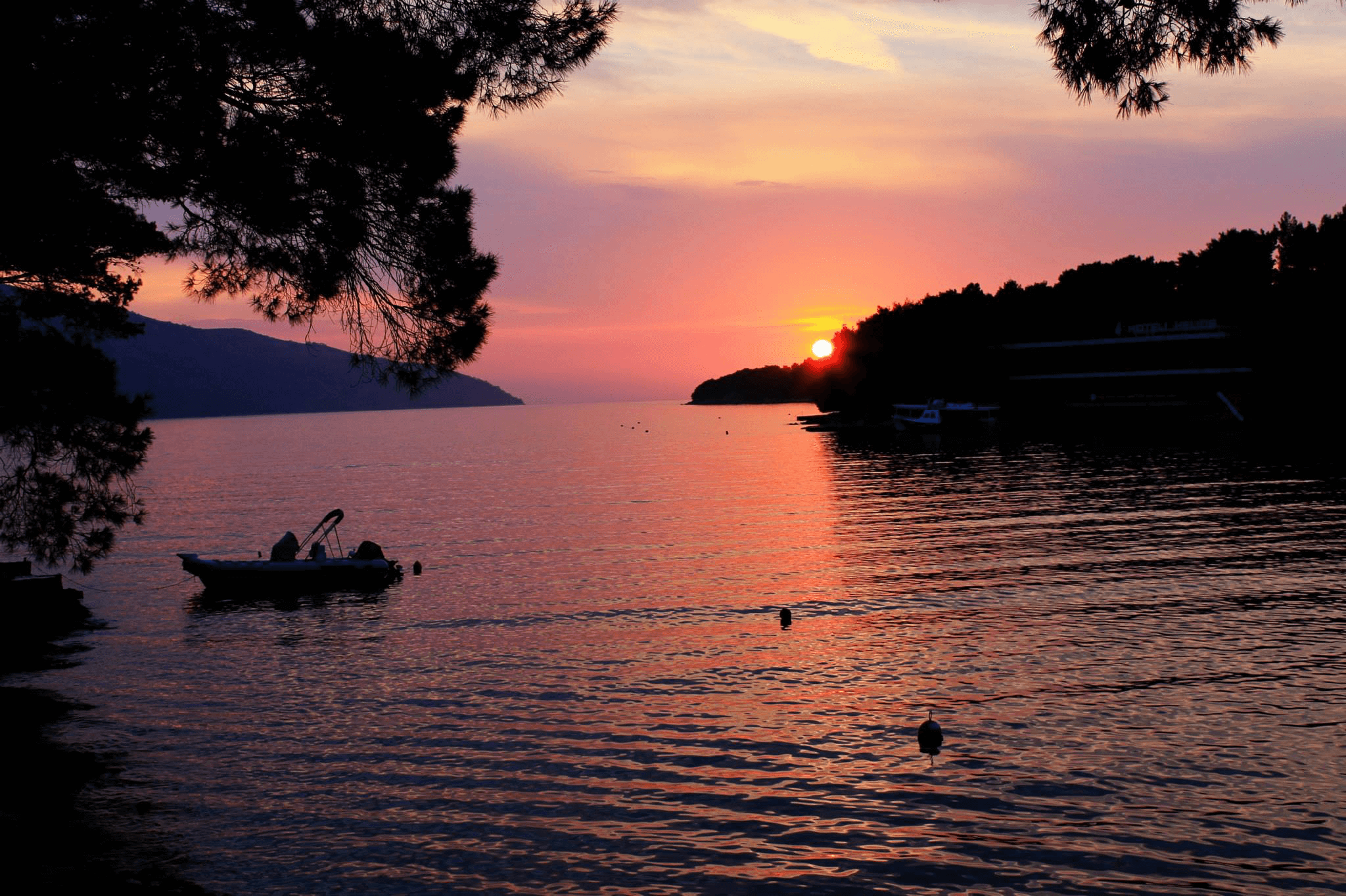
There are also some nice little restaurants and cafés in the city center that are open day and night. The town lights up beautifully in the evening, perfect for a stroll along the promenade by the harbor.
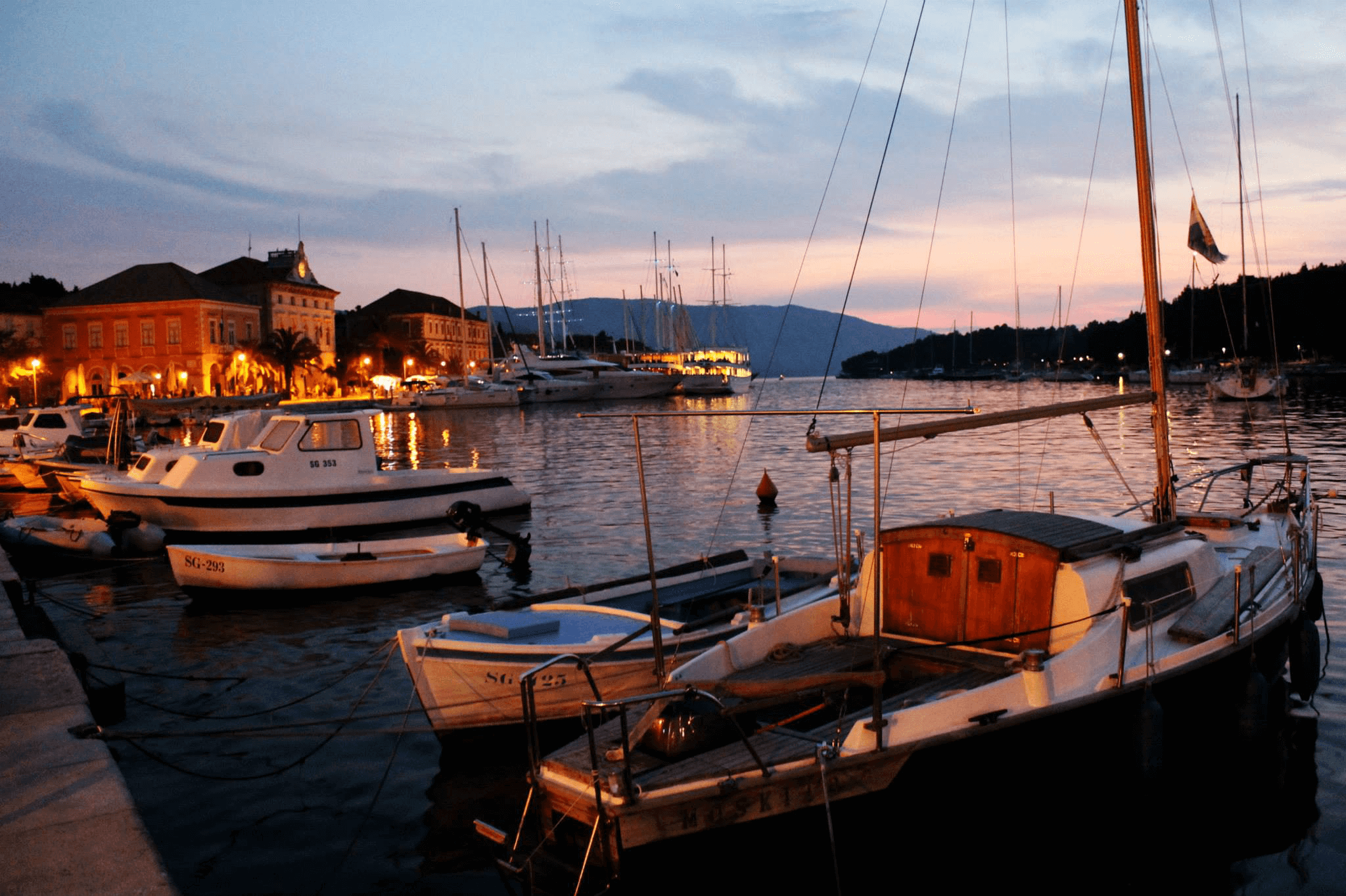
To get to Stari Grad, we took the ferry from Split to Ferry Port Stari Grad, which took about two hours. You could walk to the town from the port, or take a bus. We ended up taking the bus because it was super hot out that day. We did find, however, that region didn’t have too much available to book online. We just bought the tickets for the ferry and bus on the spot, which seemed to be the normal procedure.
It has also become popular for residents to turn the historic buildings into accommodation, which means you could end up staying in a really cool place. We, for example, stayed in a castle in the center of town!
